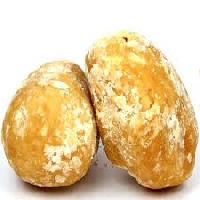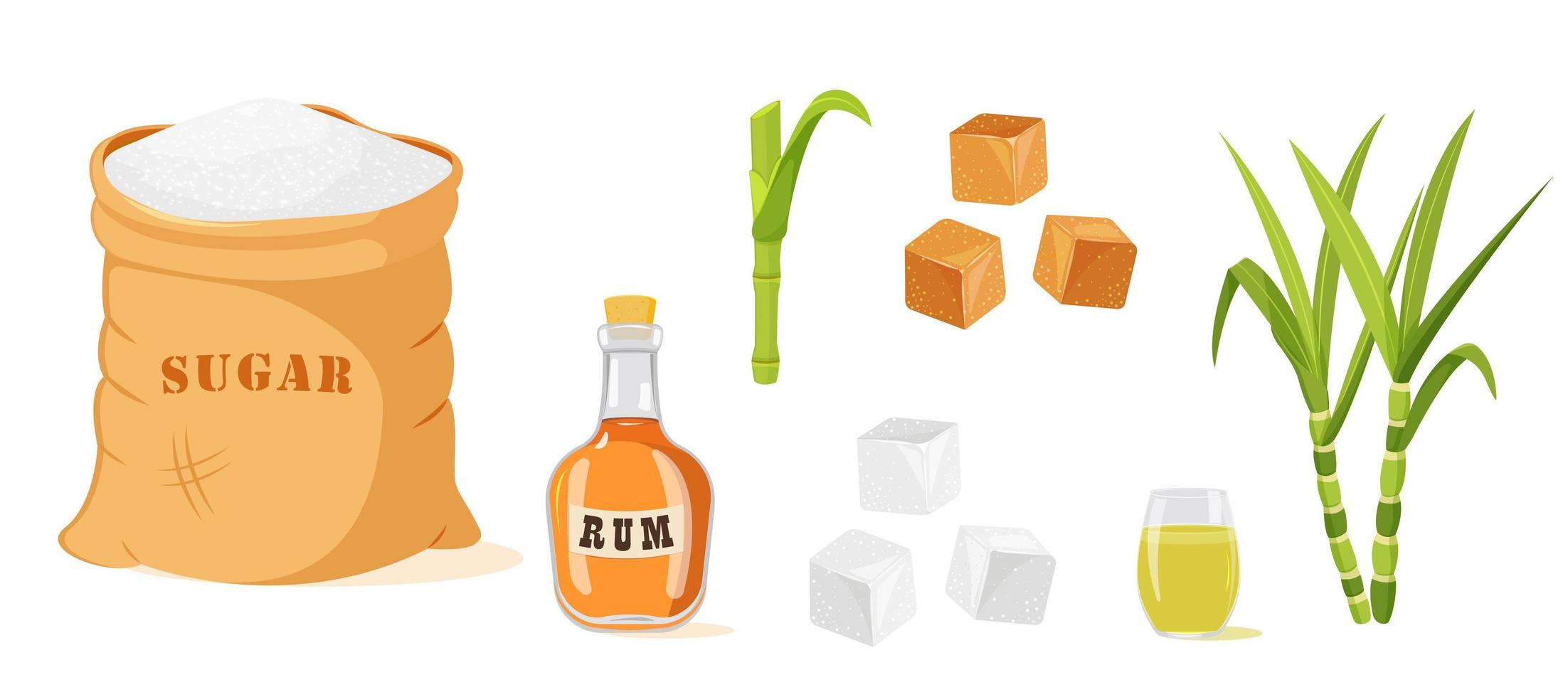Sugarcane Product and Its Role in the Global Green Energy Movement
Wiki Article
The Trip of Sugarcane: From Harvest to Everyday Products
The journey of sugarcane is a diverse procedure that begins with careful cultivation and finishes in a variety of products that permeate our day-to-day lives. As we explore the different aspects of sugarcane's journey, its role in sustainability and the wider implications for our setting come into sharper emphasis.Growing of Sugarcane
The farming of sugarcane is an essential agricultural procedure that needs details environmental problems and management techniques. Optimal development occurs in exotic and subtropical regions where temperature levels range in between 20 ° C and 32 ° C. Adequate rainfall or watering is essential, as sugarcane prospers in moist soil with well-drained problems (sugarcane product). Dirt high quality significantly influences return; thus, farmers commonly conduct soil examinations to determine nutrient demandsThis approach facilitates efficient harvesting and takes full advantage of sunlight exposure. Crop rotation and intercropping are recommended practices to improve soil fertility and decrease bug invasions.
Fertilization is one more vital element, with nitrogen, phosphorus, and potassium being the primary nutrients needed for optimum development. Timely application of these fertilizers can significantly boost sugar returns. In addition, checking for illness and parasites throughout the growing season is imperative, as these aspects can adversely impact plant health and productivity. Overall, effective sugarcane farming depends upon a combination of environmental stewardship, strategic preparation, and recurring management techniques.
Collecting Methods
Effective sugarcane growing finishes in the gathering stage, which is critical for making the most of return and making sure top quality. The timing of the harvest is important; sugarcane is typically gathered when sucrose degrees top, generally between 10 to 18 months after growing. This duration varies based on environment, soil type, and sugarcane selection.Harvesting methods can be generally categorized right into guidebook and mechanical methods. Hands-on harvesting is labor-intensive, counting on competent employees who use machetes to reduce the stalks short. This method enables careful harvesting, where just the ripest canes are selected, consequently boosting overall sugar content.
On the other hand, mechanical harvesting has actually obtained popularity because of its effectiveness and cost-effectiveness. Specialized farmers outfitted with cutting knives and conveyor systems can process big areas swiftly, dramatically reducing labor costs. This approach may lead to the inclusion of immature canes and a potential decrease in sugar quality.

No matter the method used, making certain that collected walking sticks are delivered quickly to processing facilities is essential. Motivate taking care of lessens wasting and protects the integrity of the sugarcane, establishing the phase for ideal processing.
Handling Techniques
Processing sugarcane involves a number of essential steps that change the harvested stalks into usable products, mostly sugar and molasses. The first phase is cleaning the walking cane to remove soil and particles, complied with by the extraction of juice via crushing or milling. This procedure normally utilizes heavy rollers that damage the cane fibers to launch the wonderful liquid consisted of within.Once the juice is removed, it goes through clarification, where contaminations such as soil fragments and bagasse are removed. This is usually accomplished by including lime and heating up the juice, permitting sedimentation. The cleared up juice is then concentrated via evaporation, where water over here material is reduced, causing a thick syrup.

Inevitably, the processing of sugarcane not only creates sugar and molasses but likewise prepares for numerous derivatives, which will be discovered in subsequent discussions.
Products Derived From Sugarcane
Sugarcane is a flexible plant that yields a large selection of products beyond just sugar and molasses. Amongst the key byproducts are ethanol and biofuels, which have acquired importance as eco-friendly power sources. Ethanol, produced with the fermentation of sugarcane juice, acts as a different to fossil fuels and is frequently mixed with fuel to develop cleaner-burning gas, reducing greenhouse gas emissions.Furthermore, sugarcane is a considerable resource of bagasse, the coarse deposit continuing to be after juice removal. Bagasse is made use of in various applications, including the production of paper, biodegradable packaging, and as a biomass fuel for energy visit homepage generation. Its use not only reduces waste but also enhances the sustainability of sugarcane processing.
Additionally, sugarcane-derived products extend to the food sector, where it acts as an all-natural flavoring agent and sugar in numerous culinary applications. In the realm of cosmetics, sugarcane extracts are included into skincare items as a result of their all-natural exfoliating buildings.
Environmental Influence and Sustainability
The cultivation and processing of sugarcane have considerable effects for ecological sustainability. This plant needs significant water resources, commonly bring about depletion of local water materials and impacting surrounding ecosystems. In addition, using fertilizers and chemicals in sugarcane farming can result in dirt degradation and river contamination, posing dangers to biodiversity.
Lasting sugarcane farming additionally promotes soil wellness through crop turning and lowered tillage, improving carbon sequestration. The fostering of these practices not only supports ecological honesty but likewise boosts the strength of farming communities against environment adjustment.
Verdict
In summary, the journey of sugarcane includes different phases from farming to processing, ultimately leading to a large selection of products. The importance of sugarcane prolongs past simple sugar, adding to eco-friendly power through ethanol production, sustainable packaging through bagasse, and natural essences for cosmetics. This diverse crop plays a critical duty in both nutritional enrichment and ecological sustainability, highlighting its importance in modern farming and commercial practices.Effective sugarcane growing finishes in the gathering phase, which is critical for optimizing return and making certain top quality. website link The timing of the harvest is critical; sugarcane is typically collected when sucrose degrees height, normally between 10 to 18 months after planting.Processing sugarcane entails numerous important actions that transform the harvested stalks right into useful products, mainly sugar and molasses.Sugarcane is a versatile plant that generates a large range of products past simply sugar and molasses. Additionally, the use of plant foods and chemicals in sugarcane farming can result in soil deterioration and waterway contamination, posturing dangers to biodiversity.
Report this wiki page